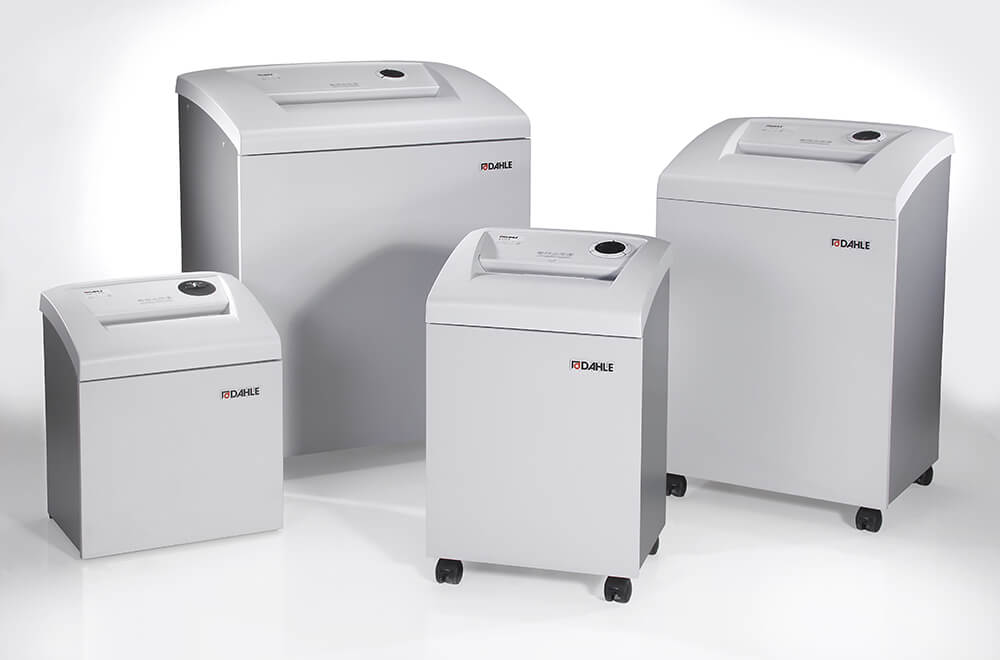The Significance of Paper Shredders in Safeguarding Your Digital Privacy
- 1 What Are Paper Shredders?
- 2 The Significance of Digital Privacy
- 2.1 The Value of Personal Information in the Digital Age
- 2.2 Risks Associated with Identity Theft and Data Breaches
- 2.3 Real-Life Consequences of Compromised Digital Privacy
- 3 Why Paper Shredders Are Essential for Digital Privacy
- 3.1 The Connection Between Physical and Digital Security
- 3.2 Dangers of Discarded Documents
- 3.3 Legal Requirements for Document Disposal
- 4 Best Practices for Using a Paper Shredder
- 5 Conclusion
Our personal data, once confined to the safety of our homes and minds, now lives in the expansive realm of the internet. Each interaction online, be it a social media post or an e-commerce transaction, leaves a digital footprint.
This footprint can reveal intimate details about us, our habits, and our preferences. With such an abundance of information, the importance of digital privacy has never been greater.
In the following sections, we will delve deeper into the world of paper shredders, their significance in maintaining digital privacy, and how to select and use one effectively.
What Are Paper Shredders?
A paper shredder, as its name implies, is a device used to cut paper into either strips or fine particles. They are typically used by individuals or organizations that need to destroy private, confidential, or otherwise sensitive documents. The goal here is to render these documents unreadable and thereby protect critical information from falling into the wrong hands.
Different Types of Paper Shredders
When it comes to paper shredders, there is a variety to choose from, each with its distinct capabilities and features.
One common type is the strip-cut shredder. As the name suggests, this type cuts papers into long, vertical strips. While it provides a basic level of security, the strips can technically be reassembled with enough time and effort.
Cross-cut shredders, on the other hand, offer a higher level of security. They shred the paper both lengthways and crossways, resulting in small confetti-like pieces that are nearly impossible to reconstruct. For the highest level of security, micro-cut shredders are available. These machines reduce paper to tiny particles, offering near-impenetrable protection against data theft.
How Paper Shredders Work and Their Capabilities
Regardless of the type, most paper shredders work using the same basic principle. When a piece of paper (or multiple sheets, depending on the shredder’s capacity) is fed into the machine, sharp blades cut the paper as it passes through. This process destroys the document and turns it into either strips or particles, depending on the type of shredder.
The Significance of Digital Privacy
With the previous understanding of what paper shredders are and how they operate, let’s delve into why digital privacy is a crucial aspect of our lives in this modern era. At its core, digital privacy concerns the protection of sensitive information that we transmit over the internet or store on devices. But what makes this personal information so valuable?
The Value of Personal Information in the Digital Age
In today’s digital age, your personal information has become a new form of currency. Companies, both legitimate and nefarious, are keen to get their hands on as much data about you as possible.
They can use this information to tailor advertisements, develop new products, or even manipulate your behavior. Your email address, social security number, credit card details – all these pieces of information hold immense value. Imagine if all this information landed in the wrong hands. The results could be catastrophic.
Risks Associated with Identity Theft and Data Breaches
The dark side of the digital age is the heightened risk of identity theft and data breaches.
Cybercriminals are constantly evolving their methods to steal personal data, and the consequences can be severe. Identity theft could lead to financial losses, as criminals may use your credit card details to make fraudulent purchases.
Data breaches, on the other hand, can expose sensitive information, like your home address, to a wider audience. This can have serious implications for your personal safety.
Real-Life Consequences of Compromised Digital Privacy
To illustrate the gravity of these risks, consider some real-life examples. In 2017, the credit reporting company Equifax experienced a data breach that exposed the personal information of 147 million people.
Victims of this breach had their social security numbers, birth dates, addresses, and even some driver’s license numbers stolen.
In another instance, the Yahoo data breach in 2013-14 affected around 3 billion user accounts, resulting in stolen email addresses, dates of birth, and security questions and answers.
These incidents highlight the enormous scale at which digital privacy can be compromised, affecting millions of individuals globally.
Why Paper Shredders Are Essential for Digital Privacy
While we’ve discussed the importance of protecting our digital privacy and the role paper shredders play in this endeavor, you might be wondering how these two seemingly different concepts intersect. What’s the link between physical security, such as shredding documents, and safeguarding your digital information? Let’s dive deeper into this connection.
The Connection Between Physical and Digital Security
Did you know that neglecting your physical documents can pose a threat to your digital security? While we live in an increasingly digital world, many of us still interact with substantial amounts of paperwork, from bank statements to medical records.
These documents often contain sensitive information such as social security numbers, credit card details, and other personal data.
If such documents are carelessly discarded and retrieved by malicious entities, they can serve as a gateway into your digital life, leading to identity theft and online fraud. Therefore, physical document security is intrinsically tied to your digital privacy.
Dangers of Discarded Documents
Imagine discarding a bank statement or a medical bill without shredding it. This discarded document, if landed in the wrong hands, could lead to serious digital privacy breaches.
The perpetrator could use the detailed personal information in these papers to impersonate you online, gain unauthorized access to your accounts, or conduct fraudulent activities under your name.
According to a report by Javelin Strategy & Research, in 2019 alone, there were 14.4 million victims of identity fraud in the U.S., many of which stemmed from unshredded documents. Hence, properly disposing of physical documents through shredding is crucial in preventing such digital mishaps.
Legal Requirements for Document Disposal
On top of the potential digital risks, there are also legal implications tied to document disposal. Various laws and regulations, such as the Fair and Accurate Credit Transactions Act (FACTA) in the United States, mandate the shredding of certain documents to protect consumers’ privacy.
Businesses that fail to comply can face hefty fines and penalties. Thus, paper shredders not only safeguard your digital privacy but also help in adhering to these legal requirements.
Best Practices for Using a Paper Shredder
Following our discussion on choosing the right paper shredder, let’s delve into how to effectively use and maintain it. A properly set up and well-maintained paper shredder can significantly contribute to your digital privacy. However, using such a device requires understanding some key guidelines and safety measures.
Proper Setup and Maintenance of a Paper Shredder
Ensuring your paper shredder in Qatar functions optimally begins with its correct setup. Start by reading the manufacturer’s instructions carefully. These guidelines contain specific details about your machine’s operations, such as how many sheets it can shred simultaneously or what materials it can handle.
Regular maintenance is also critical. Over time, the blades of your paper shredder may dull due to continuous usage. Therefore, occasional lubrication, as recommended in the user manual, helps to maintain its efficiency. Emptying the waste bin regularly is another essential upkeep task. An overly full bin can impede the machine’s performance and even lead to jamming.
Conclusion
In our journey through the landscape of digital privacy, we’ve discovered the surprising yet crucial role that paper shredders occupy. While it may seem counterintuitive to link physical document destruction tools like paper shredders to the digital sphere, this connection is increasingly important in today’s information-rich age.
We’ve seen how discarded physical documents can become vulnerable, exposing personal data that could lead to digital privacy breaches. Identity theft and data breaches are no longer distant concerns; they’re real threats with tangible consequences.
Paper shredders offer a simple yet effective solution, transforming sensitive documents into indecipherable fragments and helping to maintain a secure boundary between our offline and online lives.
Have you discovered any innovative ways to use paper shredders or other tools for securing personal data? Do you have any insights into maintaining digital privacy in this rapidly evolving digital age? Share your thoughts and join the discourse on digital privacy – every voice matters.

















